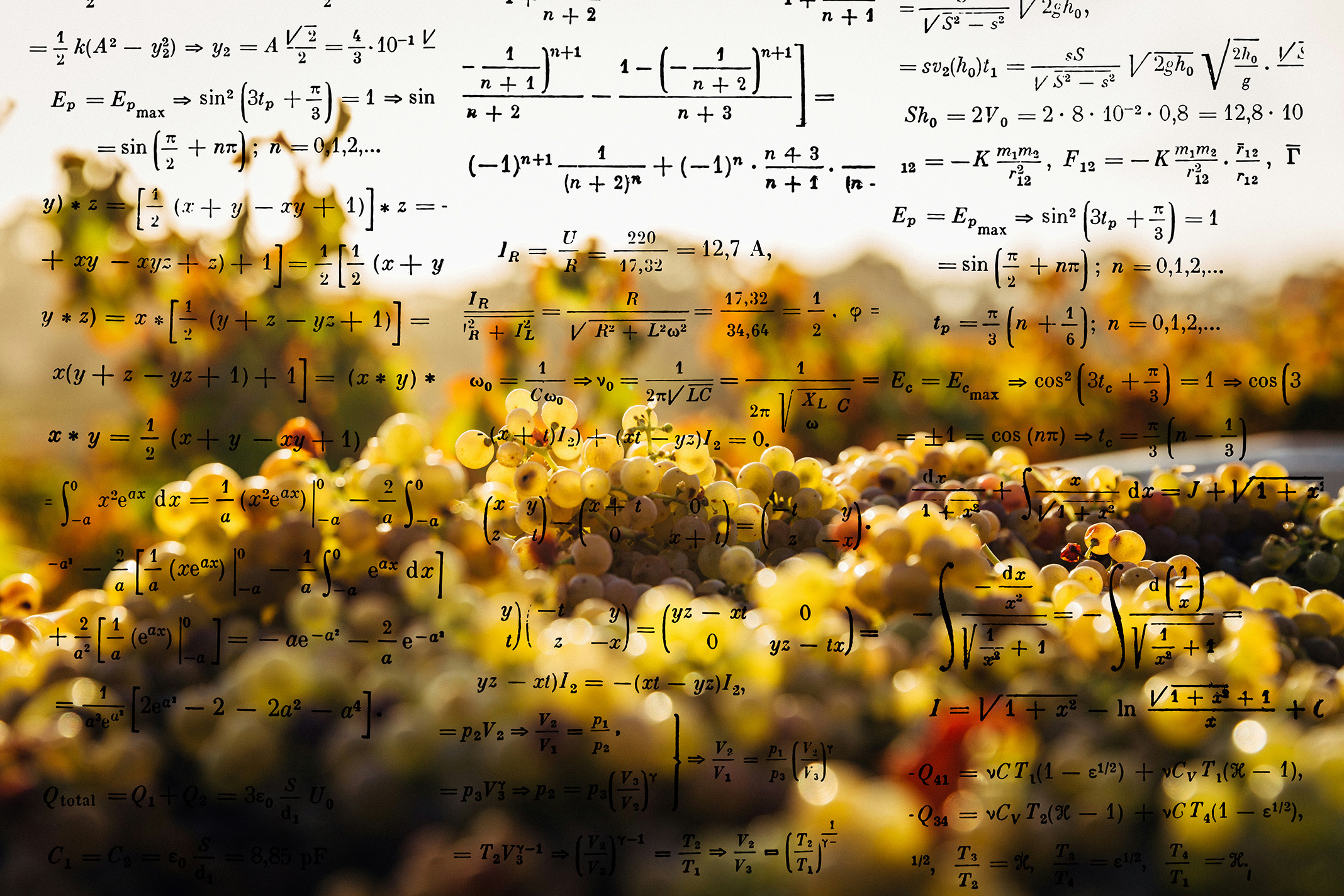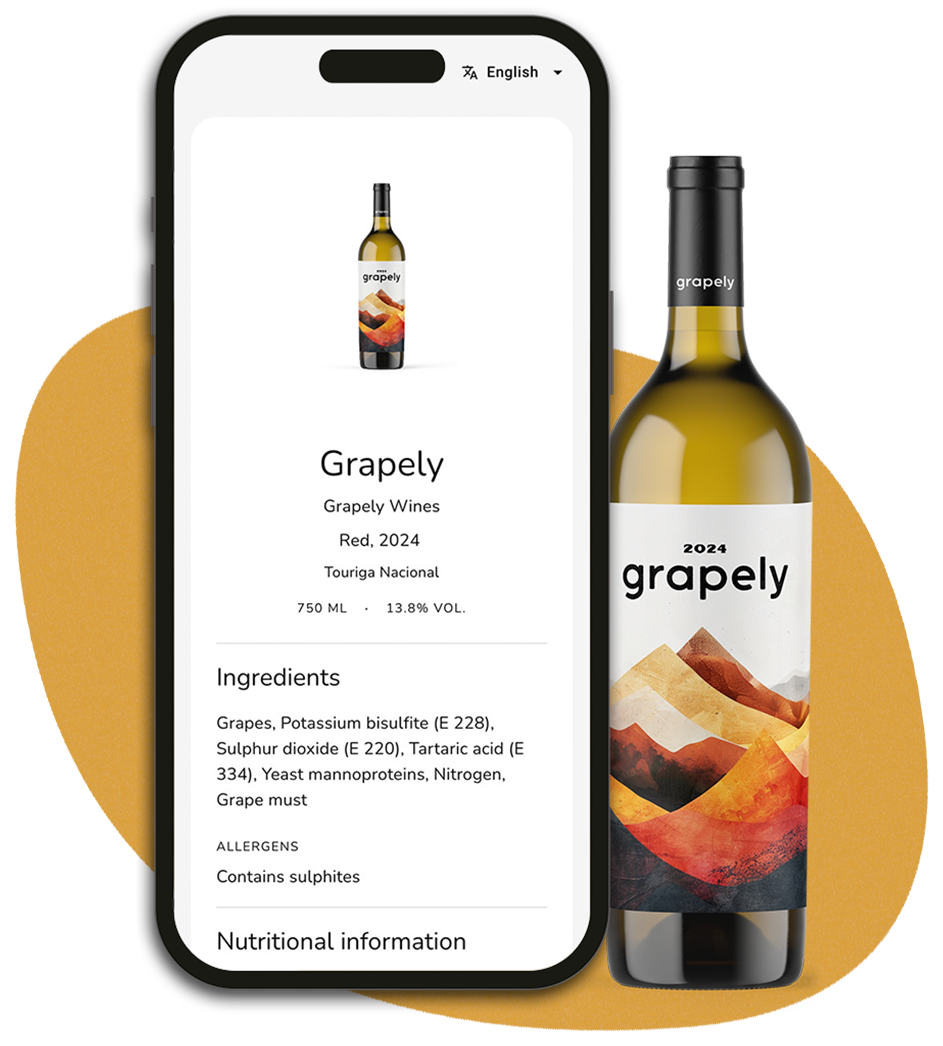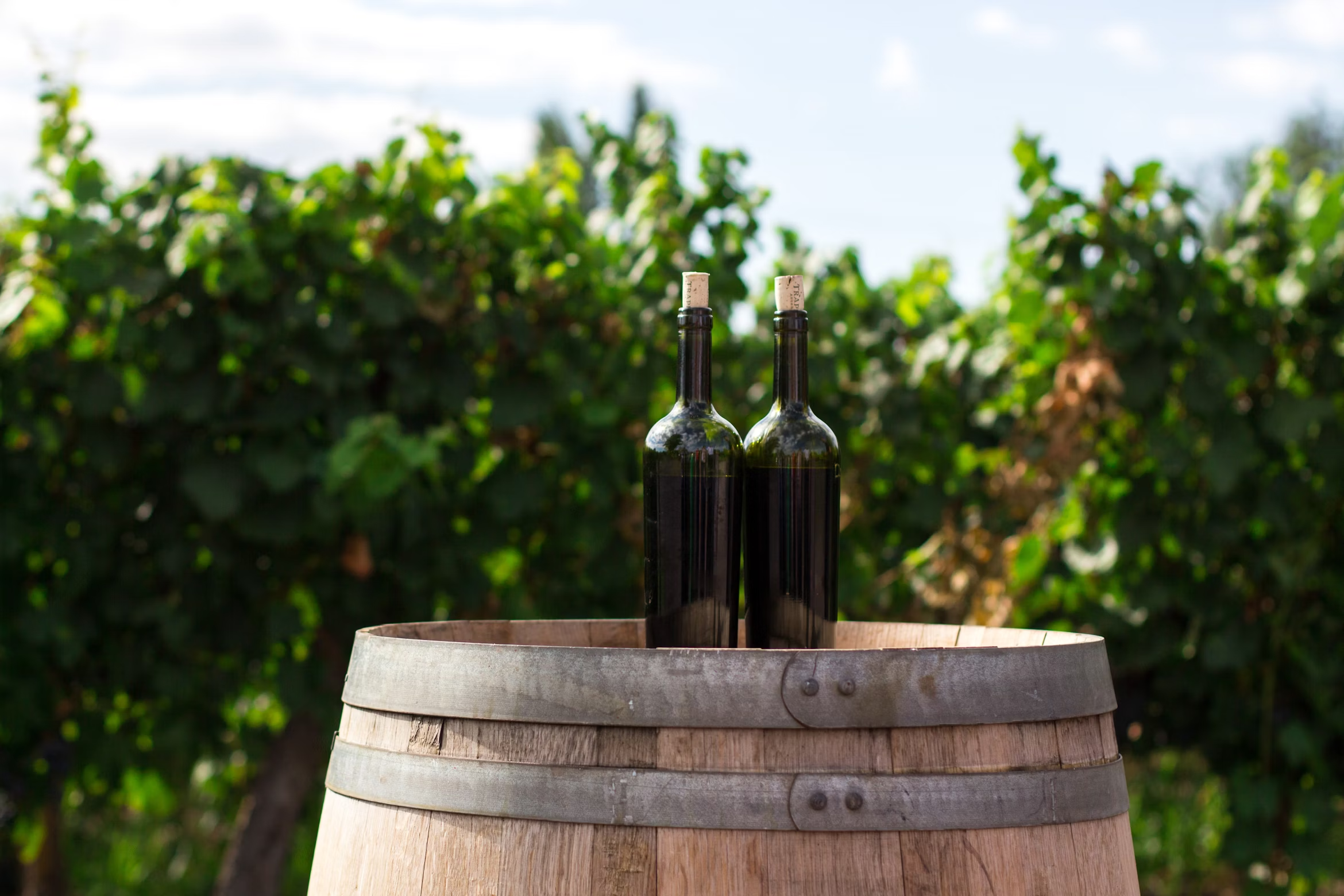· 4 min read
How to Calculate the Energy Value of Wine
As of December 2023, EU regulations require winemakers to label energy content on wine bottles. This guide explains how to calculate energy values in wine — covering alcohol, sugars, and glycerol — to help you meet compliance.

Understanding the EU’s New Wine Labeling Regulations
The new EU regulation 2021/2117 requires more detailed labeling on alcoholic beverages, including wine. For the first time, winemakers must disclose nutritional information, including the energy content of their products, on packaging. This shift towards transparency aligns with consumers’ growing interest in understanding the ingredients and caloric content of their drinks.
For winemakers, this new regulation introduces an additional step in the production process: calculating and labeling the energy value of each wine. Providing this information can seem complex, especially when unfamiliar with converting wine’s unique components into energy values. Here, we’ll guide you through calculating the energy content of your wine in Joules per milliliter — ensuring compliance with the EU regulation while giving consumers the clarity they want.
Steps to calculate the Energy Contributing Components in Wine?
To accurately determine the energy value, measure the key components — alcohol, residual sugar, organic acids, and carbohydrates — and calculate based on the conversion factors outlined in Annex XIV of EU Regulation 1169/2011. Below is a step-by-step guide for calculating each component’s contribution.
- Alcohol Content (% ABV)
To calculate the energy contribution from alcohol, first convert the alcohol concentration from percentage by volume (% ABV) to percentage by weight (% ABW). Do this by multiplying the volume percentage by the density of ethanol (0.789 kg/L), which gives the grams of ethanol per 100 mL of wine. Then, apply the appropriate energy conversion factors (as shown in Table 1) to calculate the energy in kJ per 100 mL. For simplicity, you can estimate the energy contribution from alcohol directly by multiplying the % ABV by a factor of 22.88 to obtain the kJ per 100 mL of wine.
- Residual Sugar
Sugar results obtained from either enzymatic or reducing sugar methods are acceptable, as minor differences between these methods don’t significantly impact the EU energy values. Sugar concentrations in wine are typically reported in g/L; to prepare for multiplying by the energy conversion factors (17 kJ/g or 4 kcal/g), first divide the g/L value by 10 to express the concentration in grams per 100 mL of wine.
- Organic Acids
The primary fixed acids in wine are tartaric, malic, citric, and succinic acid, with concentrations varying widely.
Generally, wine contains about 1,000 to 4,000 mg/L of tartaric acid, 0 to 8,000 mg/L of malic acid, 0 to 500 mg/L of citric acid, and 500 to 2,000 mg/L of succinic acid. All of these acids come from grapes, except succinic acid, which is produced by yeast during fermentation. In wines that undergo malolactic fermentation, malic acid is converted to lactic acid. Grapes also contain ascorbic acid (Vitamin C), though it is typically lost during fermentation.
While these acids significantly influence wine’s taste and balance, they contribute very little to its caloric content. A wine with a total acidity (TA) of 7, for instance, contributes only about 0.3 kcal per 100 mL. For a rough estimation, wines usually contain between 3-8 g/L of organic acids, which you can adjust based on the style and acidity of your wine.
- Polyols
Polyols are a type of sugar alcohol found in wine, produced primarily by yeast during fermentation. Glycerol is the predominant polyol, generated early in the fermentation process. As glycerol production tapers, other polyols such as D-arabitol, D-sorbitol, and D-mannitol are produced. Polyol levels can vary widely, from around 4 g/L under normal fermentation conditions to over 20 g/L in wines made from grapes affected by Botrytis (noble rot).
Though polyols add subtle sweetness and enhance wine’s texture, they contribute minimally to the total caloric content. Even at concentrations up to 20 g/L, polyols only add about 0.48 kcal per 100 mL, making their impact on energy values negligible.
To calculate the energy value, we can use the average values of 7 g/L for typical wines, or a more precise estimate of around 10 g/L for red wines and 5 g/L for white wines.
Formula
The formula for the EU energy value in kJ/100 mL is: Energy (kJ/100 mL)=(ABV×22.88)+(SUGAR×1.7)+(TA×1.3)+POLY
Where
- ABV = % alcohol by volume
- SUGAR = sugar in g/L
- TA = organic acids in g/L
- POLY = polyols in g/L
And to convert a result from kJ/100mL to kcal/100mL simply divide by 4.18
Example calculation
Let’s take the following values:
ABV=10, SUGAR=12, TA=7, POLY=8
The formula becomes the following:
(10 x 23) + (12 x 1.7) + (7*1.3) + 8 = 357 kJ/100mL
357 / 4.18 = 85 kcal/100mL
The energy value of our wine is 357 kJ/100mL or 85 kcal/100mL

Effortless compliance
Calculate your wine energy value with Grapely
Easily design EU-compliant e-labels, complete with QR codes ready for printing.
- EU Wine Label Regulation (2021/2117)
- wine e-label
- wine energy declaration
- wine Energy Calculation
- wine qr code
